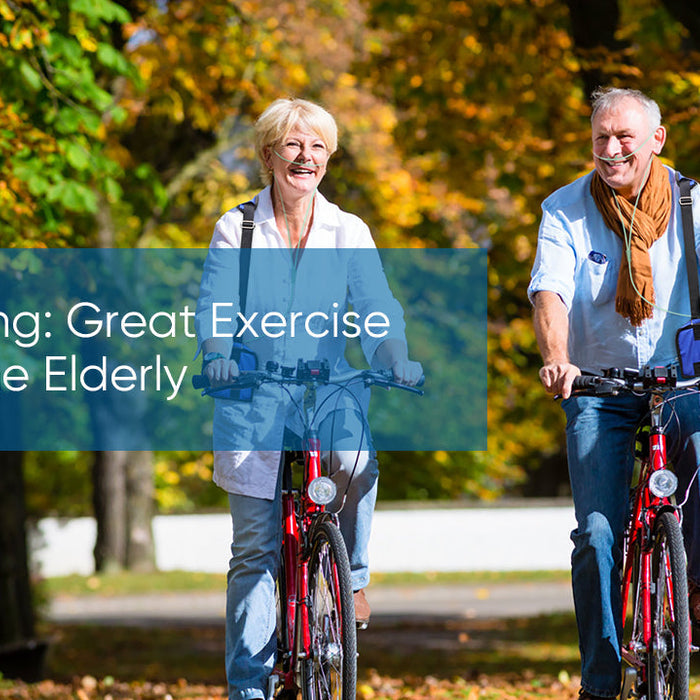
Cycling: Great Exercise for The Elderly
Cycling is a low-impact, joint-friendly exercise perfect for seniors. Boost heart health, mobility, and well-being with regular, gentle rides.






Cycling is a low-impact, joint-friendly exercise perfect for seniors. Boost heart health, mobility, and well-being with regular, gentle rides.

Cycling suits all ages and fitness levels—from casual rides for health to intense training. Thinking about starting but not sure yet? Discover why cycling is a great choice and how to begin your journey toward better fitness and relaxation..

Oxygen is essential to our body, it is needed to power our organs, brain, and every cell. Sports activities require even more oxygen
Say goodbye to bulky oxygen equipments!The VP-8G isn’t just another portable oxygen concentrator—it’s a solution built for those who refuse to be l...
View full detailsVP-2 Portable Oxygen Device – Lightweight Support for Your Active Lifestyle The VP-2 is your everyday wellness companion—designed for those who val...
View full detailsExperience Reliable Oxygen Support with VARON VP-6 Discover the VARON VP-6, a portable oxygen device designed to support your active lifestyle. W...
View full detailsExperience exceptional respiratory support with our VARON Serene 5 5L medical-grade oxygen concentrator. It delivers high-purity oxygen at a consis...
View full detailsExperience reliable respiratory support in a smaller, smarter form with the VARON Serene 3. Designed to deliver medical-grade oxygen at 93 ± 3 % p...
View full detailsBreathe Better, Live Freely – VH-2 Pro Home Oxygen Concentrator Enhance your daily wellness routine with the VH-2 Pro, a user-friendly home oxygen ...
View full detailsFreedom in Every Breath – VH-2 Pro Wheel Edition Home Oxygen Concentrator Experience enhanced comfort and mobility with the VH-2 Pro Wheel Edition,...
View full detailsDiscover freedom and flexibility with the VARON VL-2– a compact portable oxygen supply solution designed to fit seamlessly into your daily routine,...
View full detailsExperience better breathing at home with the VARON VH-3, our most compact home-use oxygen supply solution. The advanced lithium sieve ensures stron...
View full detailsElevate your daily breathing experience with the upgraded VP-1, a compact, travel-friendly device designed to support respiratory wellness wherever...
View full details{"one"=>"Select 2 or 3 items to compare", "other"=>"{{ count }} of 3 items selected"}